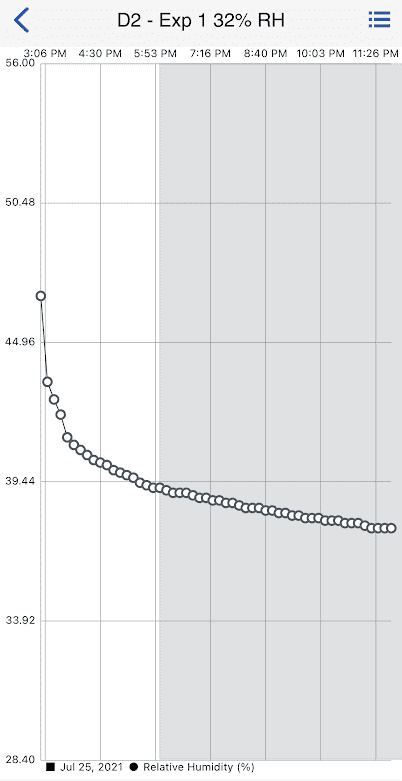For those who'd run the numbers to see what you get, please try the following...
264WM, 24" bbl, 147 ELDM, 86 gr H2O, COAL 3.34", 62.8 gr H1000. My QL tells me this is 2720 fps. Real velocity is 3047 fps.
7 Rem Mag, 26" bbl, 175 ELDX, 86.2 gr H2O, COAL 3.34", 66.3 gr RL26. QL tells me 2724 fps. Real velocity is 2953 fps.
300WM, 24" bbl, 208 ELDM, 97.914 gr H2O, COAL 3.65", 78.3 gr H1000. QL tells me 2710 fps. Real velocity is 2882 fps.
For those commenting on my case capacities, that's not gonna close the 200-300 fps gap (see column "QL H2O" for what QL needed to match my real velocities).
For reference, the volume and charge measurements were taken on a Sartorius scale that's within 0.001 grams (0.015 gr) of spot on with my check weight, and also matches my PACT scale.
To get the H2O, I used an uncleaned, unsized piece of brass (≥ 3X firings) straight out of the ammo box. Weighed empty case, added DI H2O till level with case mouth, weighed again. I repeated it a couple times, and was within less than a 0.1 grains across different pieces of brass. The number might not be perfect, but it's not off by more than what might seep into a fired primer, and perhaps a little bit of extra from SAAMI max neck length.
I'm actually on a Mac, so have to restart in bootcamp to run QL. Will do it later this evening, and look for the "weighting factor".


